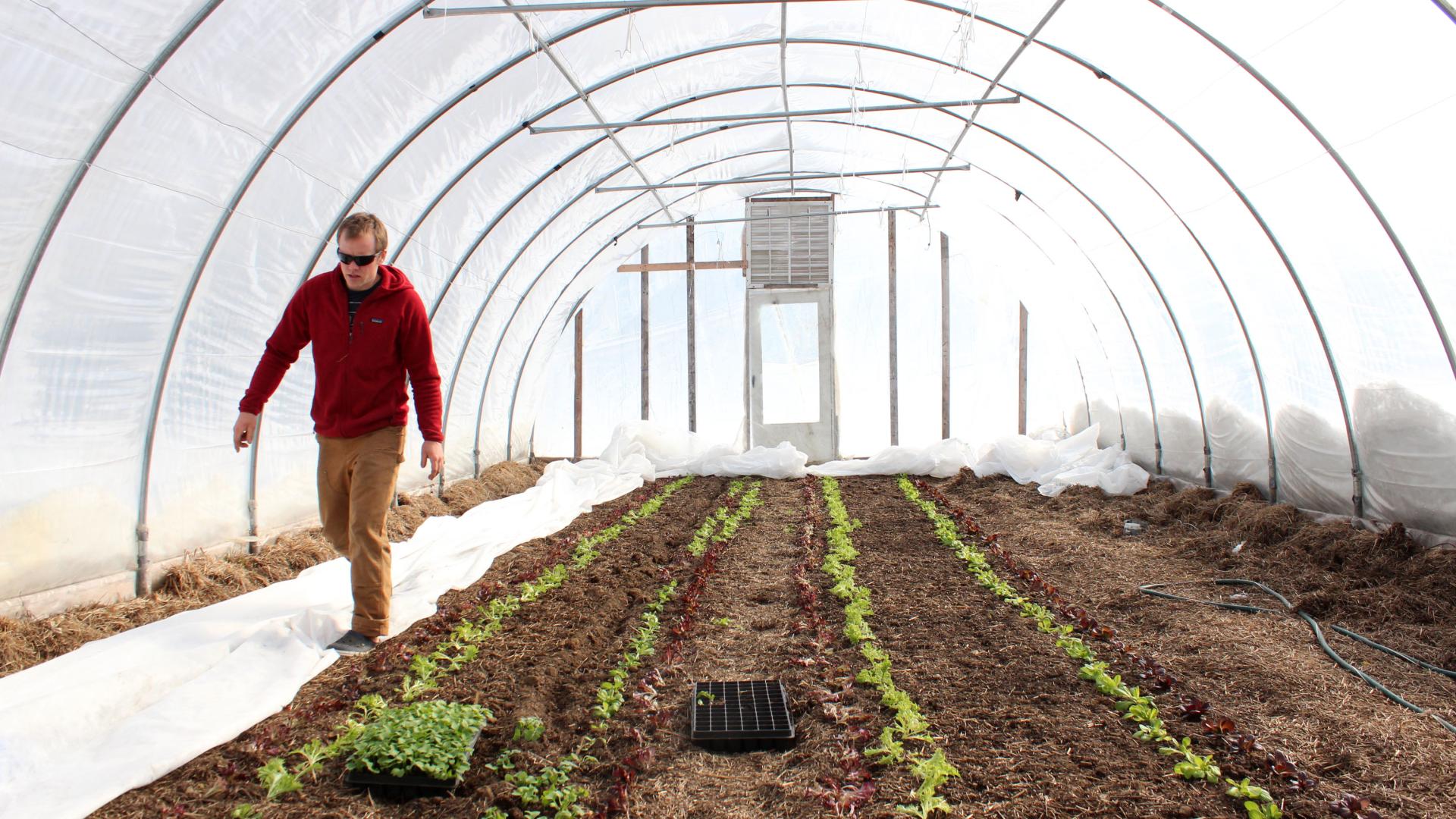It’s a great feeling, knowing where your food comes from.
Just the other day I was thinking about how the concept of local — locally produced food and locally owned businesses — was never part of the conversation when I was growing up. Back then, chain stores reigned supreme and no one thought twice about how the food on their plate got there as long as it tasted good.
It seems over the past 15 years or so there’s been a big change in that way of thinking. Craft breweries have become increasingly popular, mom-and-pop stores are sought after, and an increasing number of young people are shirking office life for the dirty life. The Adirondack Coast has seen its share of the action, and it's now home to more than 240 farms. They’re all a little different, and a lot them can be found at farmers markets, grocery stores, and on restaurant menus throughout the region.
Farm life: DaCy Meadow Farm
Almost 20 years ago, Dave and Cynthia Johnston were driving around the Lake Champlain Region, looking at land. Armed with a camera and a list of 10 things they were hoping for in a plot of land, the couple was on a mission: to find a spot to call their own.
In 2002, the Johnston’s bought the land that is now DaCy Meadow Farm in Westport. The name plays on their names — Dave and Cynthia — and the business evolved considerably since that fateful day. “We call it ‘creative mission creep,’” Dave said. “We bought the land with the idea that we were going to have a small farm, maybe have it hayed, then one thing led to another.”
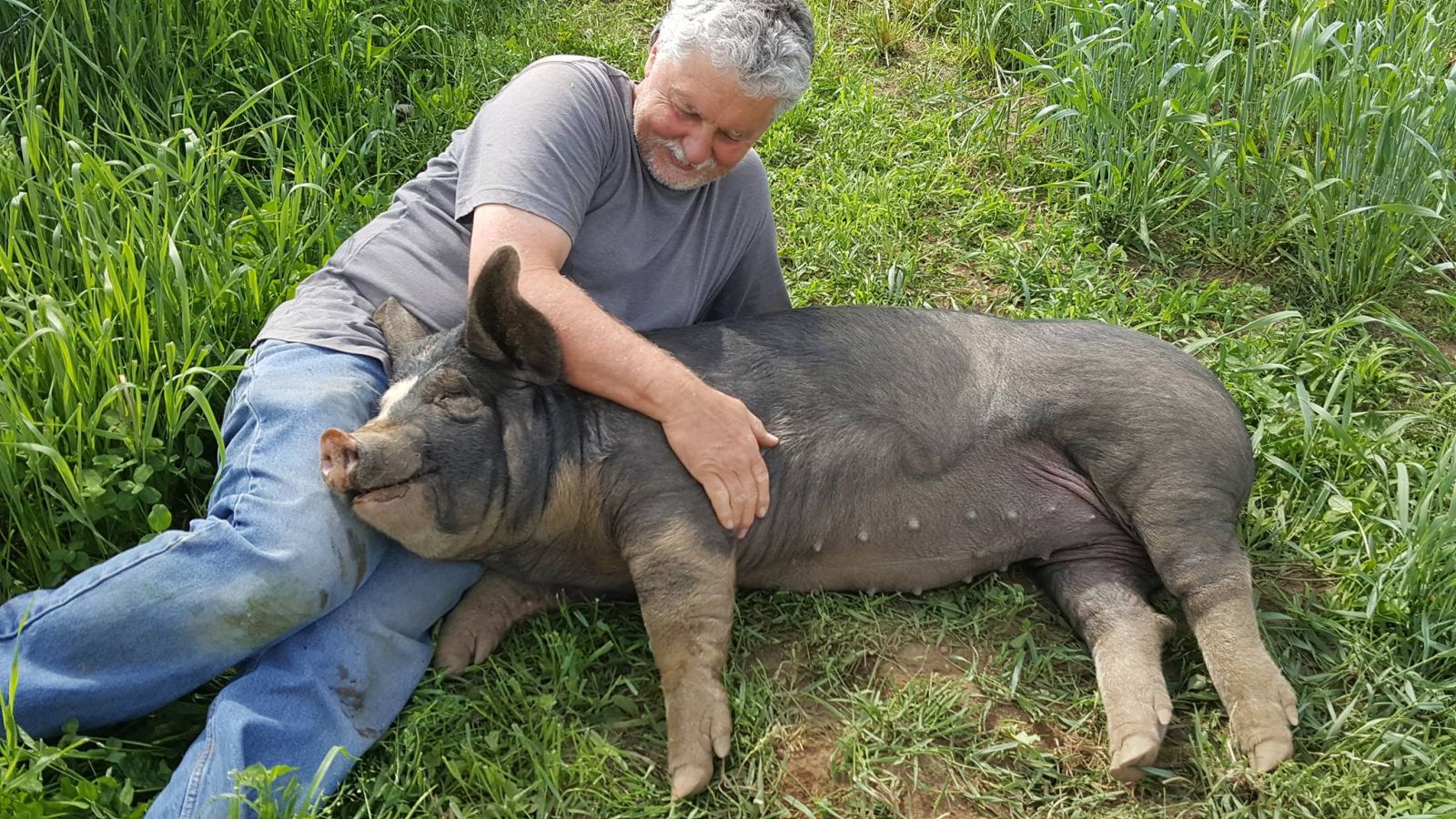
One thing really did lead to another. There was no one around to do the hay, so the Johnstons bought a few cows, then they learned that the only way to make a reasonable profit off the cows was to process them through the USDA. The profit wasn’t much, so the couple decided to add lodging and a restaurant. It was one decision at a time, but it worked.
“We don’t ever like people to think we had some grand vision, because we really didn’t,” Dave said. “It was making mistakes and learning along the way, which I think a lot of the young farmers are doing.”
Dave said he’s proud of the unique direction the farm has gone in, but it’s all open to interpretation. Sixteen years after buying the property, he’s thinking about what kind of vision a younger farmer might bring to the table.
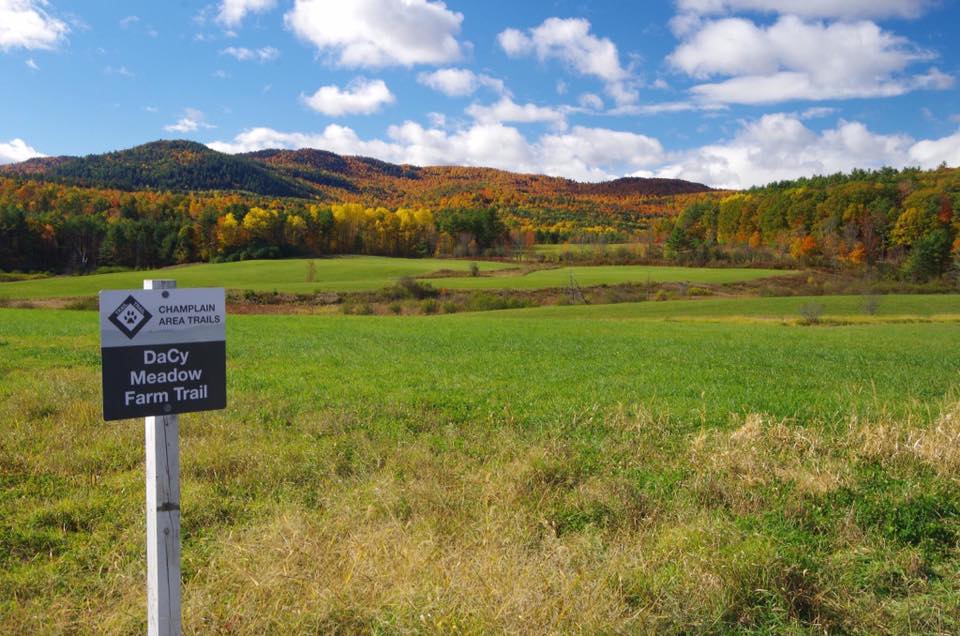
“When we bought this it was a 72-acre, worn-out hayfield, and we don’t want it to revert back to that.” Dave said. “We want it to stay as a farm enterprise.”
A model of agritourism, visitors can tour the farm, spend the night there, and eat locally produced food. Some people will work on the farm during their stay, others enjoy hiking the nearby Champlain Area Trails. And sometimes, people just swing by to take selfies with the animals. It’s all part of the experience at DaCy Meadow Farm.
Visit
Address: Route 9N, Westport, New York, 12993
Contact: (518) 962-2287
Closing the local loop: Juniper Hill Farm
Adam Hainer is farming land his great grandfather farmed. Back then the main crop was birdsfoot trefoil, a low-growing herb that sports a bright yellow flower. Trefoil wasn’t harvested for humans, rather it was grown and sold to feed cattle.
These days, the 100-acre Juniper Hill Farm specializes in things people like, such as beets, carrots, sweet potatoes, and arugula. A lot of it goes to local restaurants, and some can be bought at farmers markets in Lake Placid, Keene, and Saranac Lake.
“Our new marketing campaign is ‘Don’t let California feed New York,’” Adam said. “We’ve had a really good consumer response to that.”
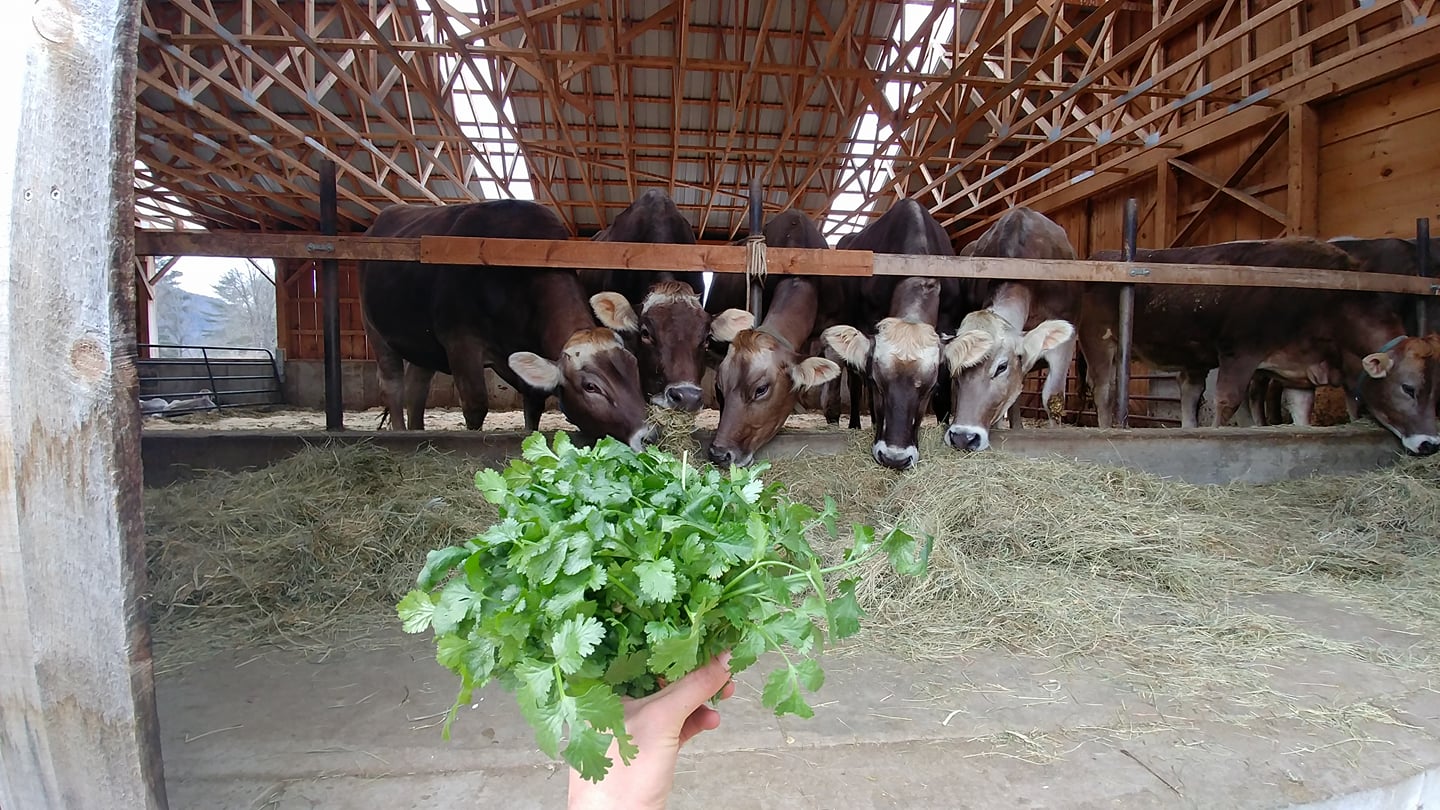
Adam explained that farming in the Champlain Valley is rough, as the weather can be wildly different from one year to the next. Last summer, for example, was an anomaly with its cool, wet days. Then things warmed up considerably in September, and Adam was picking broccoli the week of Thanksgiving, three weeks later than normal.
“This year it’s a really late spring,” Adam said. “It’s 100 percent gamble, everything we do, every time we do it.”
There are ways to deal with that unpredictability, though. Starting about five years ago, Adam began adding greenhouses to the farm. Now there isn’t a gap between hardy crops like beets and potatoes, called stored product, and leafy greens and tomatoes, meaning the farm not only produces food year-round, it can also produce reliably during off-season months.
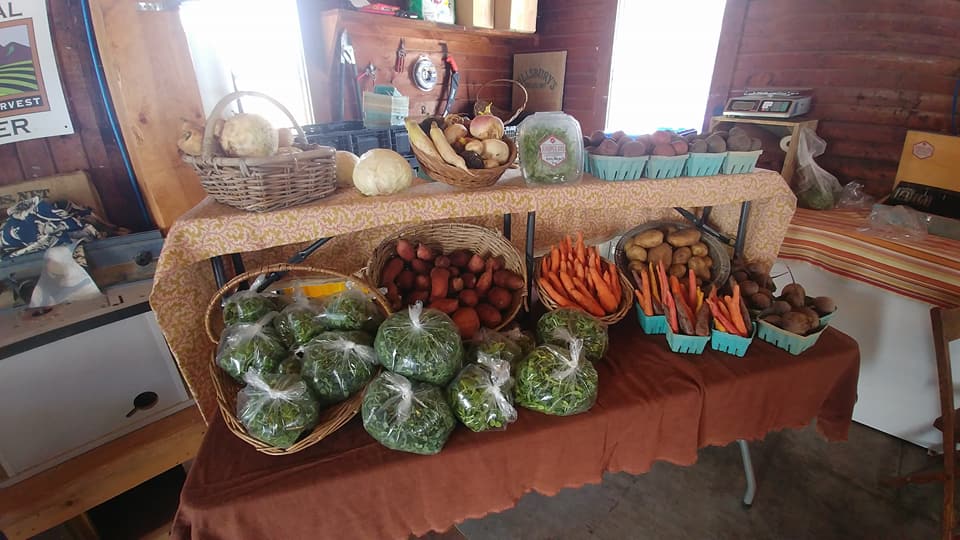
To further help close the seasonal-food gap — and the local loop — Juniper Hill uses deep-fryer oil from the same restaurants that buy their produce. Just like cars that are converted to run on vegetable oil, Adam uses it to keep the greenhouse ground temperature at 70 degrees and the ambient temperature around 65. Now they’re picking tomatoes in June.
“Every year we seem to increase our seasons by quite a bit earlier,” Adam said. “This year is our earliest yet."
Visit
Address: 82 Loukes Lane, Wadhams, New York, 12993
Contact: (518) 524-5652
New kid on the block: Tangleroot Farm
Adam Reed and Susan Cerny are about to enter their fourth growing season as Tangleroot Farm, and they’re ready for summer. Planting on the 20-acre property — 2.5 of those acres are cultivated — begins in greenhouses during the bitter chill of February.
Inside the plastic tunnels it always feels like summer, and happy little sprouts break the soil’s surface, growing strong before they’re transitioned to life outside.
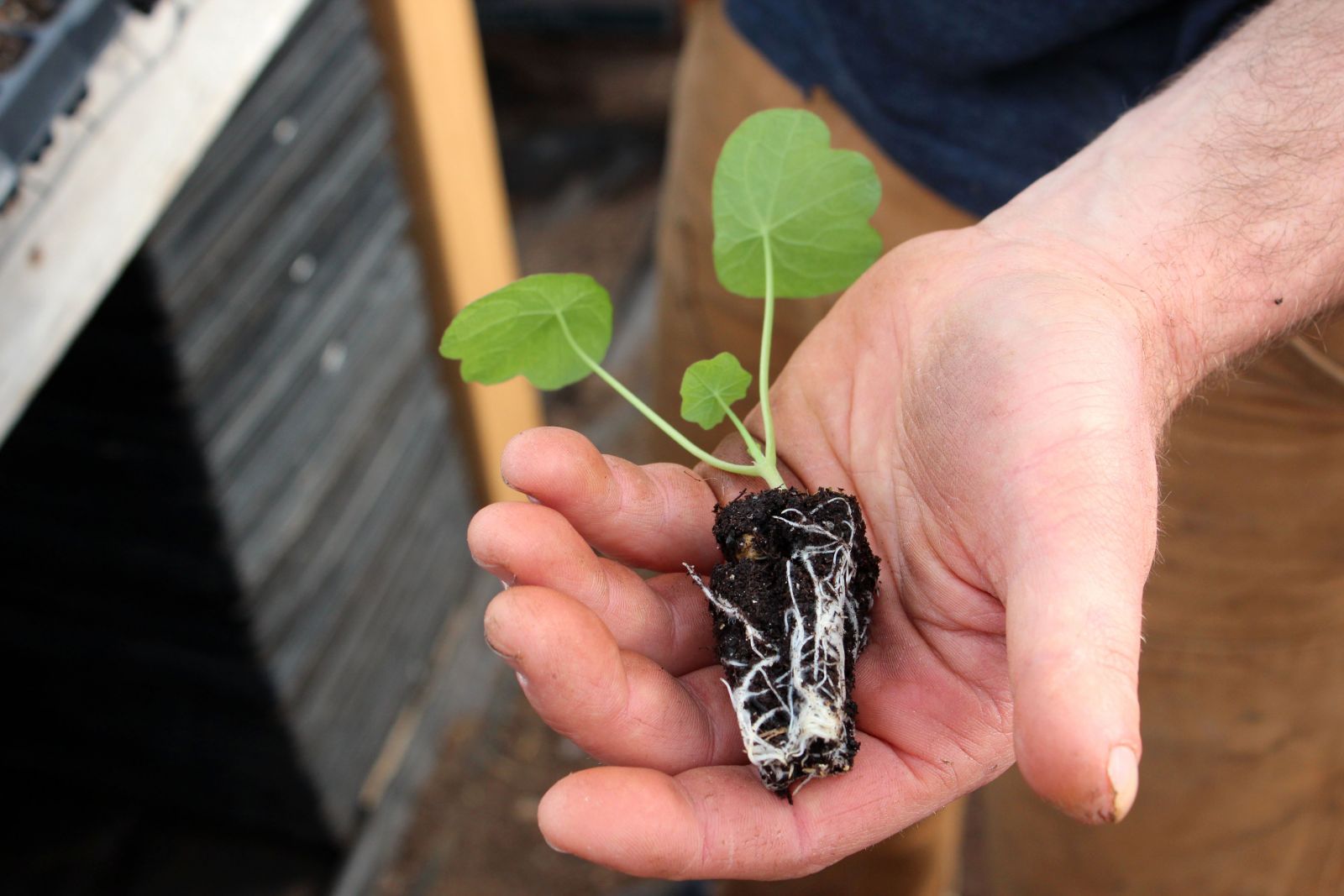
Adam explained there’s choreography behind what they do. Various plants use space differently, so making the best use of that space involves planting in a way that allows them to co-habitat harmoniously. Dark green pepper leaves and a robust root mass means the plant isn’t stressed. The result is a delicious, consistent product. The consistency also makes harvesting more efficient. Since things are growing at the same rate they can be picked at the same time.
The Cerny’s started the farm in Dansworth, just outside of Saratoga Springs. Did two seasons there before moving to the current location in Essex, where they were drawn by the natural beauty and affordable land.
As a result, most of their produce is still sold in Saratoga.
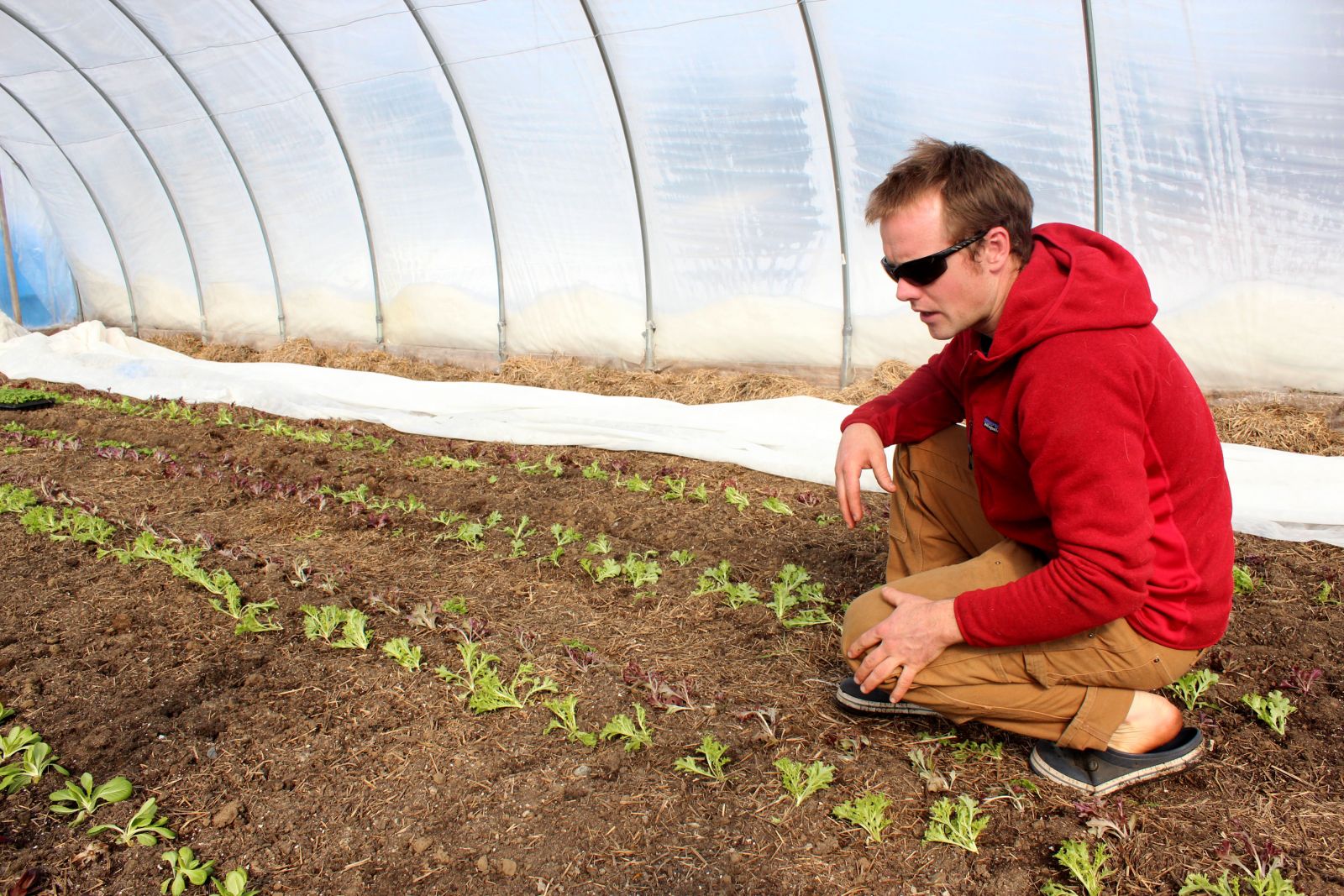
“There’s a great farming community up here, which is fantastic on a personal and social level, but business-wise we’re swamped,” Adam said. “Instead of stepping on toes and trying to carve out our own niche here, we decided to keep driving down, and it’s working out great.”
That’s not to say Tangleroot’s produce doesn’t have an Adirondack presence — they sometimes have a stand set up outside of Dogwood Bakery in the summer.
There are plenty of restaurants, arts, and attractions in the Lake Champlain Region.
This week in awesome ADK news:
Paddling ’Round the Mountain race
Who’s up for the Waterfall Challenge?
Bridges of Essex County: Whiteface Region

